15 Classic ’70s Rock Albums So Good That You Won’t Skip a Track
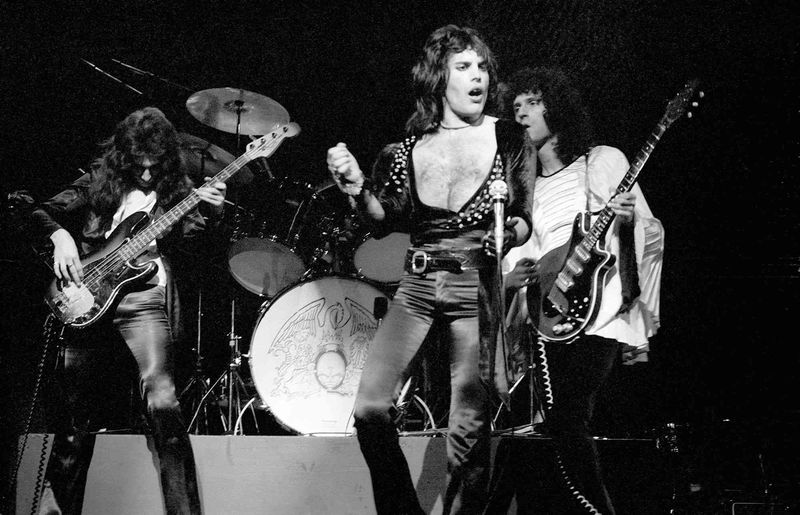
The 1970s gave birth to some of the most amazing rock albums ever made. These weren’t just collections of songs—they were complete musical journeys where every single track deserved your attention. From hard rock to progressive masterpieces, these albums shaped music history and continue to influence artists today. Let’s look back at 15 perfect ’70s rock albums where you’ll never reach for the skip button.
1. Led Zeppelin – IV (1971)

Four symbols on the cover, eight tracks of pure magic inside. Led Zeppelin’s untitled fourth album represents the band at their absolute peak, blending heavy rock, folk influences, and mystical themes into something truly special.
From the thunderous opening of “Black Dog” to the folk-inspired “Going to California,” every moment feels essential. “Stairway to Heaven” might get all the attention, but tracks like “When the Levee Breaks” with its revolutionary drum sound show why this album changed rock forever.
The band created something so cohesive that removing any single track would diminish the whole experience. Jimmy Page’s production genius shines throughout, making this not just a great album, but a sonic adventure.
2. Pink Floyd – The Dark Side of the Moon (1973)
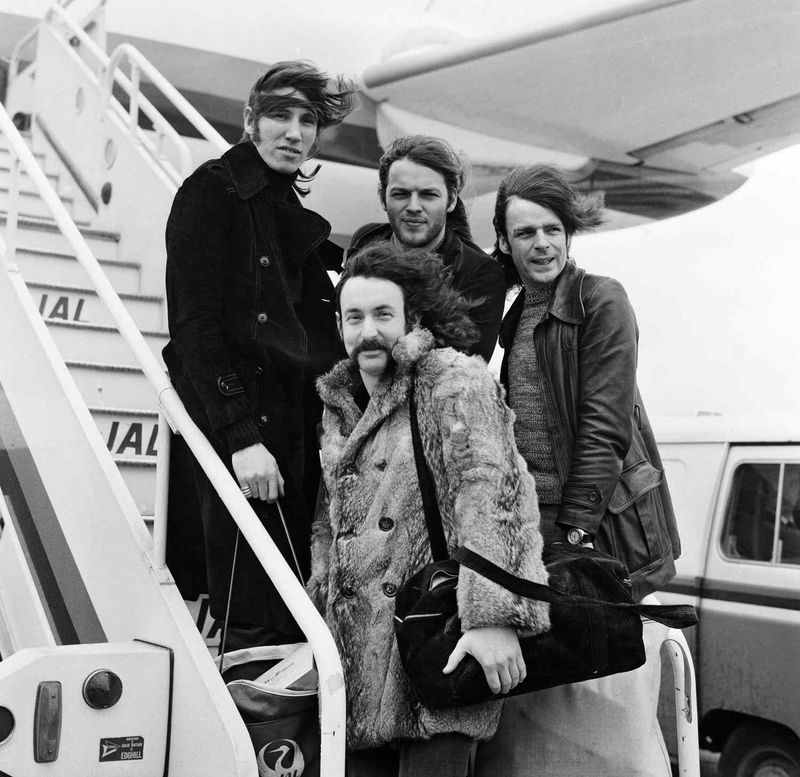
Ever wonder what madness sounds like? Pink Floyd answered that question with an album that spent an astonishing 741 weeks on the Billboard charts. The Dark Side of the Moon isn’t just music—it’s an experience that flows seamlessly from beginning to end.
The album tackles big themes like time, money, and mental health with both experimental soundscapes and accessible melodies. The transition from “The Great Gig in the Sky” to “Money” demonstrates how the band mastered the art of contrast while maintaining perfect cohesion.
Roger Waters’ lyrics cut deep while David Gilmour’s guitar work soars above the innovative production techniques. Even the album’s heartbeat motif reminds listeners they’re experiencing something alive and unified—not just a collection of songs.
3. Fleetwood Mac – Rumours (1977)
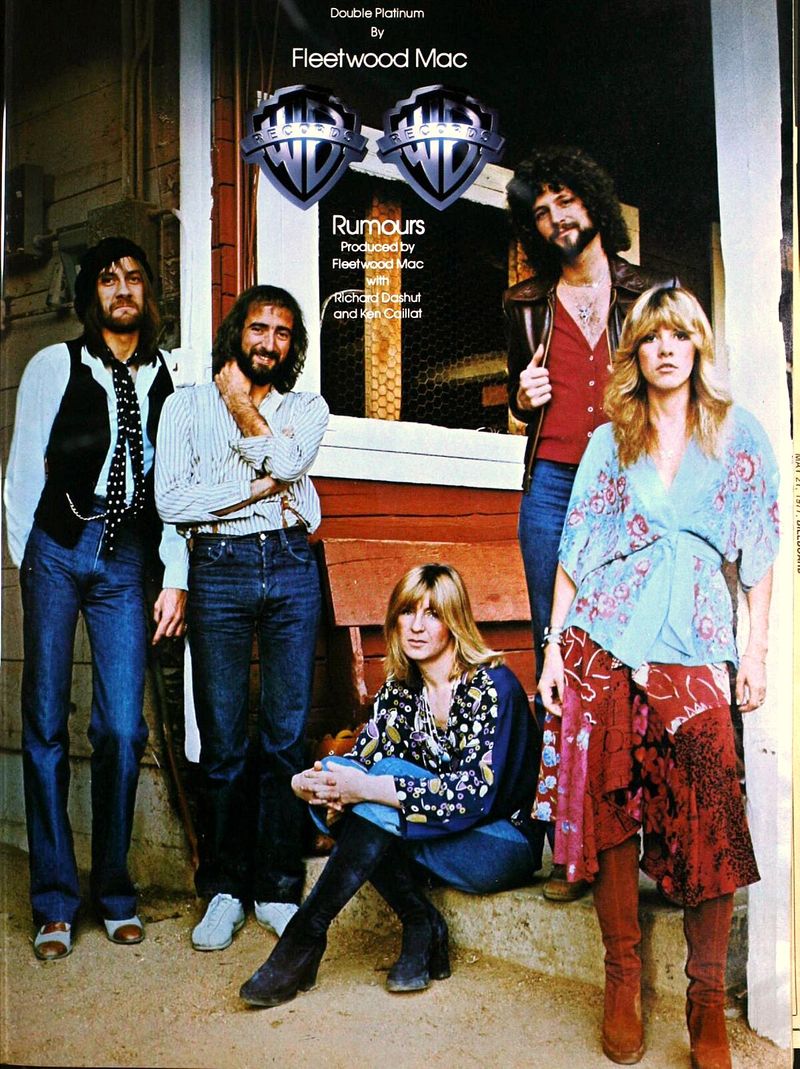
Born from heartbreak and relationship chaos, Rumours somehow transforms personal pain into musical perfection. While band members were breaking up with each other, they created an album where every track feels like it could have been a hit single.
“Go Your Own Way” captures the raw emotion of Lindsey Buckingham’s split from Stevie Nicks, while “Dreams” offers Nicks’ equally powerful perspective. The rhythm section of Mick Fleetwood and John McVie provides the steady foundation that holds everything together, even as their personal lives fell apart.
“The Chain,” the only song credited to all five members, symbolizes how their musical chemistry transcended their differences. With over 40 million copies sold, Rumours proves that sometimes the most beautiful art comes from the messiest situations.
4. The Rolling Stones – Exile on Main St. (1972)
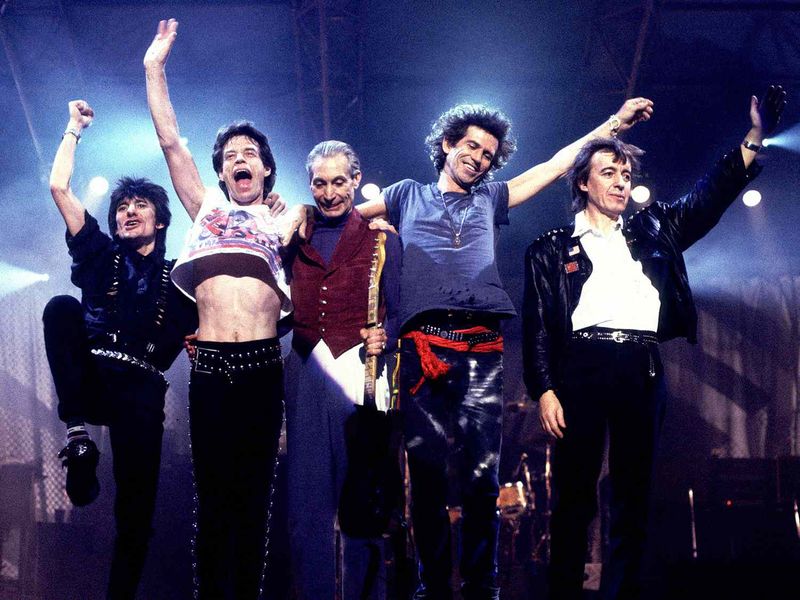
Recorded mostly in a French villa while the band was avoiding British taxes, Exile on Main St. captures the Stones at their most raw and adventurous. This sprawling double album blends rock, blues, country, and soul into something that feels both chaotic and perfectly crafted.
The murky production actually enhances tracks like “Tumbling Dice” and “Happy,” giving them an authentic, lived-in quality that cleaner recordings might have lost. Keith Richards’ guitar work drives songs like “All Down the Line” with an urgency that feels like the band is playing right in front of you.
Critics initially gave mixed reviews, but time revealed Exile’s genius. The album’s 18 tracks create a complete world that rewards repeated listens, revealing new details with each spin through its glorious mess.
5. The Who – Who’s Next (1971)

After abandoning the ambitious Lifehouse project, The Who channeled their frustration into nine perfect tracks that defined arena rock. The album opens with the synthesizer revolution of “Baba O’Riley” (often mistakenly called “Teenage Wasteland”) and never lets up from there.
Pete Townshend’s songwriting reaches new heights on tracks like “Behind Blue Eyes,” which moves from gentle introspection to powerful rage. Meanwhile, Keith Moon’s frantic drumming and John Entwistle’s melodic bass lines create the perfect foundation for Roger Daltrey’s commanding vocals.
“Won’t Get Fooled Again” closes the album with one of rock’s greatest screams, cementing this as the moment when The Who perfected their sound. Though born from a failed concept album, Who’s Next stands as a complete artistic statement where every track serves an essential purpose.
6. David Bowie – The Rise and Fall of Ziggy Stardust and the Spiders from Mars (1972)

A red-haired alien rock star comes to Earth with a message of hope before self-destructing—only David Bowie could make such a concept work so brilliantly. This album didn’t just tell a story; it created an alter ego so powerful that fans sometimes couldn’t separate Bowie from Ziggy.
“Five Years” sets the apocalyptic stage while “Starman” delivers the album’s most hopeful message. Mick Ronson’s guitar work provides the perfect glam rock soundtrack to Bowie’s theatrical vocals and character-driven lyrics.
The album flows with perfect pacing through rockers like “Suffragette City” before concluding with the dramatic “Rock ‘n’ Roll Suicide.” Beyond its concept, each song stands independently as a masterpiece of songwriting and production, creating an album that’s both cohesive and filled with individual highlights.
7. Bruce Springsteen – Born to Run (1975)
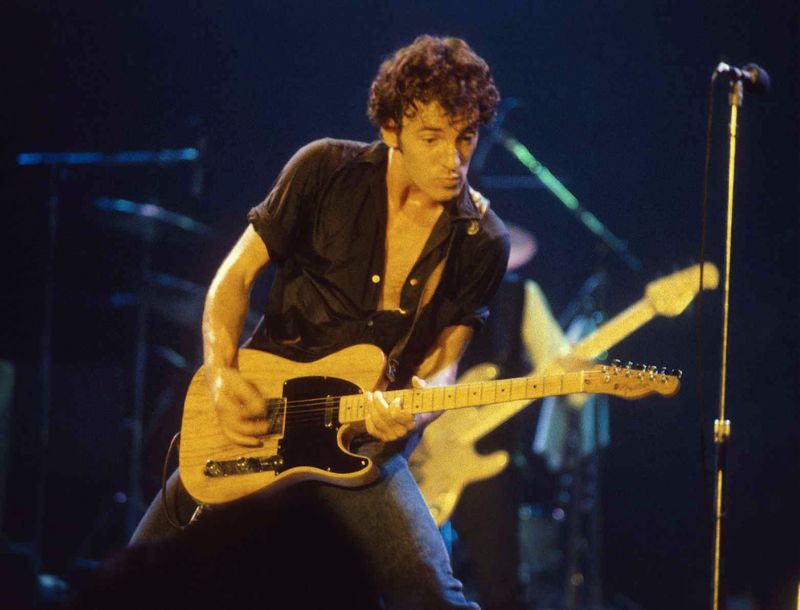
Make no mistake—Born to Run saved Bruce Springsteen’s career. After two critically acclaimed but commercially disappointing albums, The Boss poured everything into these eight tracks, spending over 14 months perfecting them.
The title track alone took six months to complete, layering dozens of instruments to create Springsteen’s “wall of sound” tribute to Phil Spector. “Thunder Road” opens the album with one of music’s most perfect first lines: “The screen door slams, Mary’s dress sways.” From there, the album builds through stories of dreamers and losers trying to escape their circumstances.
“Jungleland” closes the album with an epic tale of street life featuring Clarence Clemons’ legendary saxophone solo. Though containing only eight songs, Born to Run packs more emotion and cinematic storytelling into 39 minutes than most artists manage in their entire careers
8. Eagles – Hotel California (1976)

The warm California sound meets something darker on this masterpiece about American excess and disillusionment. The title track might be one of the most analyzed songs ever, with its mysterious lyrics and unforgettable guitar duet finale between Don Felder and Joe Walsh.
“New Kid in Town” showcases the band’s perfect harmonies while telling a story about fame’s fleeting nature. “Life in the Fast Lane” captures the reckless spirit of 1970s Los Angeles with Walsh’s driving guitar work adding a harder edge to the Eagles’ sound.
Even deep cuts like “Wasted Time” and “The Last Resort” contain some of Don Henley’s most pointed lyrics about relationships and environmental destruction. The album’s polished production by Bill Szymczyk gives each instrument room to breathe while creating a cohesive sonic landscape throughout all nine tracks.
9. AC/DC – Highway to Hell (1979)

The final album with original singer Bon Scott captures AC/DC at their leanest and meanest. Producer Mutt Lange helped the band refine their blues-based hard rock into something more radio-friendly without sacrificing any of its power.
The title track kicks things off with one of rock’s most recognizable riffs and Scott’s playful lyrics about raising hell. “Girls Got Rhythm” and “Touch Too Much” showcase the band’s knack for combining suggestive lyrics with irresistible grooves, while the Angus Young’s guitar work remains explosive throughout.
What makes this album special is its consistency—no ballads, no experiments, just ten tracks of perfectly executed hard rock. The album’s success finally broke AC/DC in America, though tragedy would strike soon after with Scott’s death. Highway to Hell stands as his perfect rock and roll testament.
10. Boston – Boston (1976)

Recorded mostly in Tom Scholz’s basement, this debut album sounds like it was made in the world’s most expensive studio. An MIT graduate, Scholz spent years perfecting these songs, creating a unique guitar sound that would influence rock production for decades.
“More Than a Feeling” opens the album with what might be the perfect rock song—a nostalgic lyric, soaring chorus, and that signature guitar sound. “Peace of Mind” and “Foreplay/Long Time” showcase the band’s ability to blend technical prowess with catchy melodies that anyone could sing along to.
What’s remarkable is how consistent the album sounds despite being essentially a one-man project with Brad Delp’s amazing vocals added on top. Every track feels essential, making this one of the strongest debut albums ever. With over 17 million copies sold, clearly something magical happened in that Boston basement.
11. Lynyrd Skynyrd – (Pronounced ‘Lĕh-‘nérd ‘Skin-‘nérd) (1973)
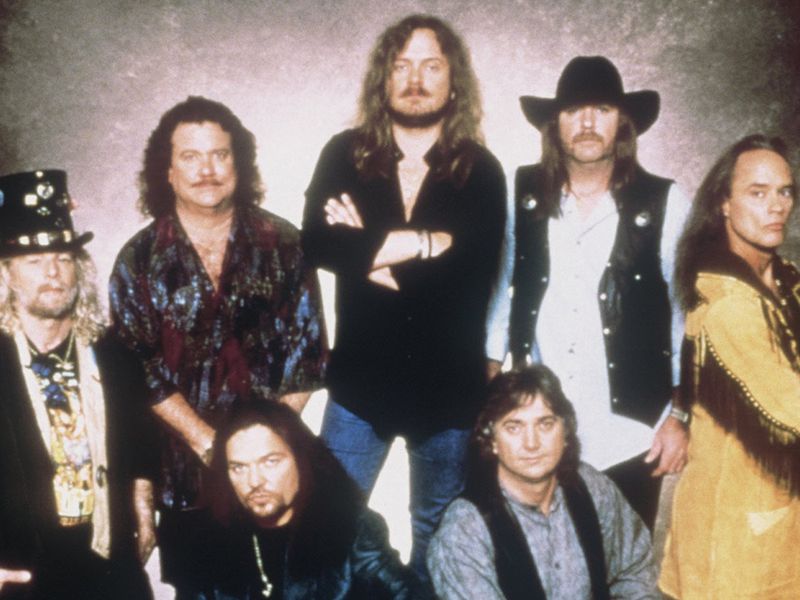
Southern rock never sounded better than on Lynyrd Skynyrd’s debut album. The band’s three-guitar attack created a rich, layered sound that could be both delicate and powerful, often within the same song.
“Free Bird” might close the album with its epic guitar solos, but opener “I Ain’t the One” immediately establishes the band’s swagger. “Simple Man” delivers heartfelt advice from vocalist Ronnie Van Zant’s mother, showcasing the band’s more reflective side with a melody that sticks with you forever.
“Tuesday’s Gone” demonstrates how the band could stretch out without becoming self-indulgent, while “Gimme Three Steps” tells a humorous story about Van Zant talking his way out of a bar fight. Throughout the album, producer Al Kooper captures the band’s live energy while adding just enough polish to make every track shine.
12. Queen – A Night at the Opera (1975)

The most expensive album ever made at that time, A Night at the Opera showcases Queen’s incredible range across 12 unforgettable tracks. “Bohemian Rhapsody” might be the centerpiece—a six-minute rock opera that broke all the rules—but every song contributes something special to the album’s tapestry.
Brian May’s “’39” tells a science fiction story disguised as a folk song, while “You’re My Best Friend” gives bassist John Deacon his first hit single. Freddie Mercury’s theatrical “The Prophet’s Song” provides an often-overlooked progressive rock masterpiece that rivals “Bohemian Rhapsody” in ambition.
Even Roger Taylor’s rockabilly-influenced “I’m In Love With My Car” fits perfectly into this diverse collection. The album’s variety of styles—from hard rock to vaudeville to operatic—somehow forms a cohesive whole that demonstrates why Queen was unlike any other band.
13. Steely Dan – Aja (1977)
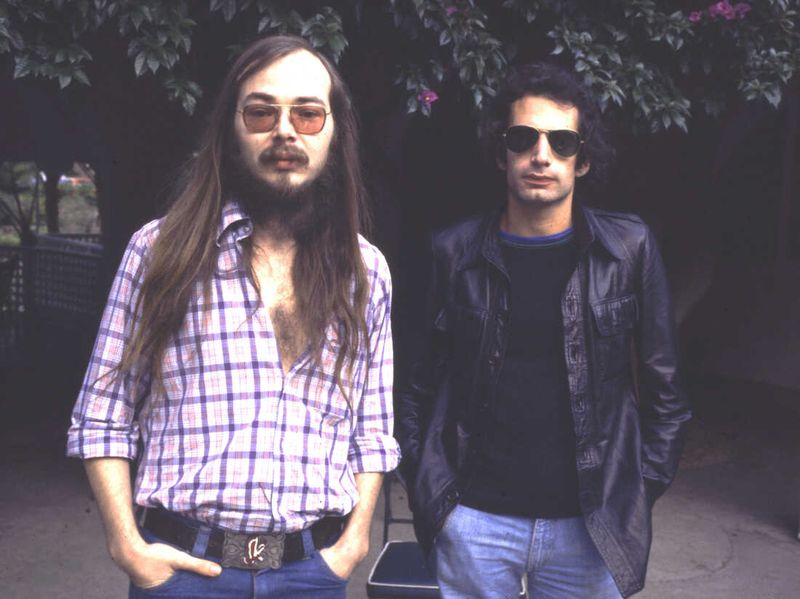
Jazz-rock perfection doesn’t happen by accident. Donald Fagen and Walter Becker hired 35 studio musicians, sometimes making them replay sections dozens of times until achieving the exact sound they wanted for Aja.
The title track features a stunning Steve Gadd drum solo that still amazes drummers today, while “Peg” contains Michael McDonald’s intricate background vocals that took hours to perfect. “Deacon Blues” captures the album’s essence with its story of a suburban dreamer who romanticizes the jazz lifestyle, backed by a saxophone solo from jazz legend Wayne Shorter.
What makes Aja special is how it combines technical brilliance with genuine emotion and accessibility. Despite its perfectionism, the album never feels cold or calculated. Instead, these seven tracks create a sophisticated sonic world that reveals new details with each listen, making it truly impossible to skip any moment.
14. Black Sabbath – Paranoid (1970)
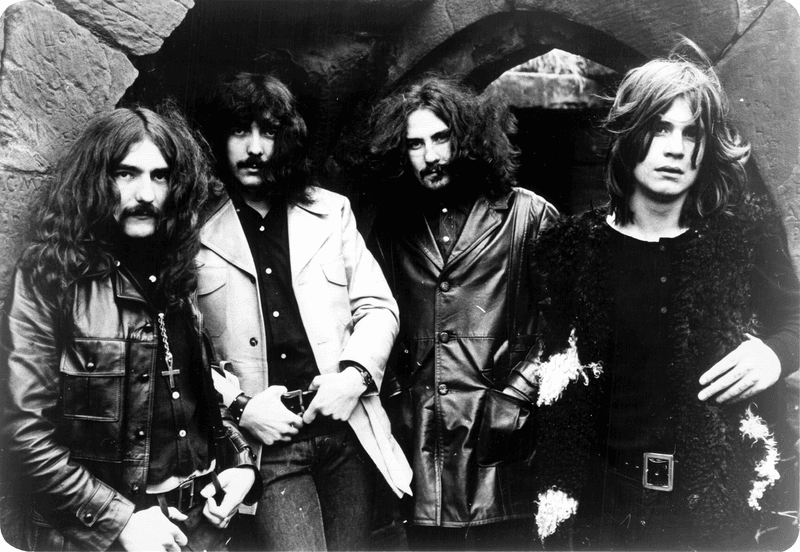
Heavy metal was born when Tony Iommi’s factory accident forced him to downtune his guitar and invent a new sound. Paranoid captures that revolutionary moment with eight tracks that defined what metal could be.
“War Pigs” opens the album with an anti-war message that remains relevant today, building from its eerie beginning to Ozzy Osbourne’s haunting vocals. The title track—written in just 25 minutes to fill album space—became their biggest hit with its driving rhythm and catchy hook.
“Iron Man” stomps with the mechanical heaviness suggested by its title, while “Planet Caravan” provides a psychedelic respite that shows the band’s range. Geezer Butler’s lyrics about depression, war, and drug abuse gave the album surprising depth beyond its groundbreaking heaviness. Fifty years later, Paranoid remains the blueprint that launched countless metal bands.
15. The Clash – London Calling (1979)

Punk rock grows up but keeps its rebellious spirit on this ambitious double album. The Clash expanded their sound to include reggae, rockabilly, jazz, and ska while maintaining the urgency that made punk so exciting.
The title track warns of apocalyptic flooding with a passion that still feels urgent today. “Spanish Bombs” showcases Joe Strummer’s political storytelling, drawing parallels between modern terrorism and the Spanish Civil War. “Lost in the Supermarket” reveals Mick Jones’ more melodic side while critiquing consumer culture.
What’s remarkable is how the band maintains quality across 19 tracks with no filler. From the rockabilly of “Brand New Cadillac” to the reggae of “Revolution Rock,” every genre exploration feels authentic rather than tourist-like. The album’s iconic cover—Paul Simonon smashing his bass—perfectly captures the controlled chaos within these groundbreaking tracks.

Comments
Loading…